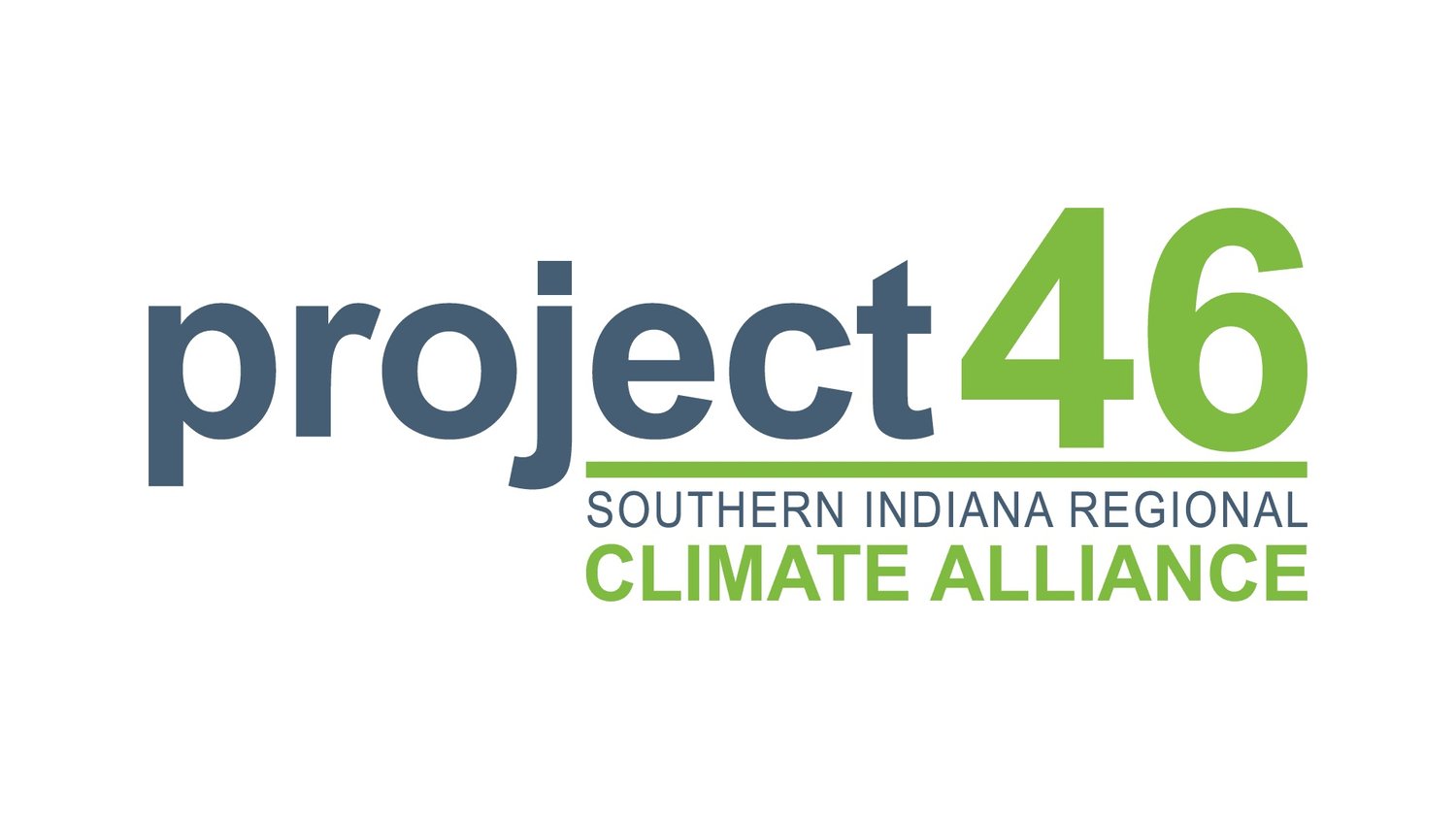Divert your waste to reduce greenhouse gases produced by landfills.
Landfills are one of the largest sources of methane, a potent greenhouse gas that accelerates climate change. Every time organic material, plastics, and other everyday waste are thrown away instead of reused, recycled, or composted, they add to the burden on our environment. Simple choices at home and in the community can make a big difference. Make an impact through the following actions:
Start your own DIY composting bin. Composting is a simple way to cut your carbon footprint by turning food scraps and yard waste into nutrient-rich soil instead of sending them to landfills, where they release methane. At home, you can start a DIY compost pile or bin using layers of “browns” (like dried leaves or paper) and “greens” (like food scraps or grass), keeping it moist and turning it regularly. This process not only reduces emissions but also enriches soil, lessening the need for chemical fertilizers and improving its ability to store carbon.
Reduce your single-use plastics waste in every day activities. The waste we generate each day, especially single-use plastics, adds up and fuels climate change and harms ecosystems. Because plastics are made from fossil fuels, every disposable bag, bottle, or straw drives carbon-intensive extraction, refining, and manufacturing. By cutting single-use plastics from daily life, through using reusable bags, bottles, mugs, and straws, you can lower your carbon footprint and reduce demand for fossil-fuel-based products.
Embrace a more sustainable diet that reduces your food waste and carbon footprint. The food we eat has a surprisingly large impact on our carbon footprint, and even small dietary changes can make a big difference. Eating less red meat and shifting toward more plant-based meals, while also reducing food waste through meal planning or buying “imperfect” produce, are two effective ways to cut emissions. Tools like the Food Carbon Footprint Calculator can help you make sustainable choices that benefit both the planet and your budget.
Participate in your local recycling program. Participating in your local recycling program is one of the simplest ways to keep valuable materials out of landfills and reduce greenhouse gas emissions from waste. By properly sorting recyclables like paper, plastics, glass, and metals, you help ensure they can be reused in new products instead of requiring energy-intensive raw material extraction. Check your city’s recycling guidelines to learn what’s accepted locally and make recycling a consistent part of your daily routine.
Extend the life of your items by using refurbishing services. By opting for refurbishment services, you can extend the life of their electronics, furniture, appliances, and more, thus minimizing waste and conserving resources. Additionally, you can donate gently used items to second hand stores where they can find a new life with someone who needs them. Likewise, you may consider purchasing refurbished or lightly used items rather than new to reduce your carbon footprint and save money at the same time.
Embrace sustainable shopping by choosing thrift stores. Shopping smart and buying less is a sustainable practice that can significantly impact waste reduction and resource conservation. This approach involves making mindful purchases, particularly by choosing to shop at local consignment and resale shops instead of buying new items. Thrift shopping is an excellent way for residents to repurpose decor, fashion, and other goods, which in turn extends the lifecycle of products and reduces the demand for new resource-intensive manufacturing.
Embrace a paperless lifestyle. Going paperless is an excellent way to reduce your solid waste. By choosing digital alternatives over paper-based options, you can reduce solid waste production. You can opt for electronic bills and statements, utilize digital reading materials, communicate through electronic means, and employ digital tools for organization and planning.
Reduce your food waste by donating to food pantries. Food waste is a major contributor to greenhouse gas emissions, but much of what gets thrown away is still safe and edible. Donating surplus food to local pantries keeps it out of landfills while helping community members in need. By sharing instead of discarding, you reduce your carbon footprint and support a stronger, more resilient community.

